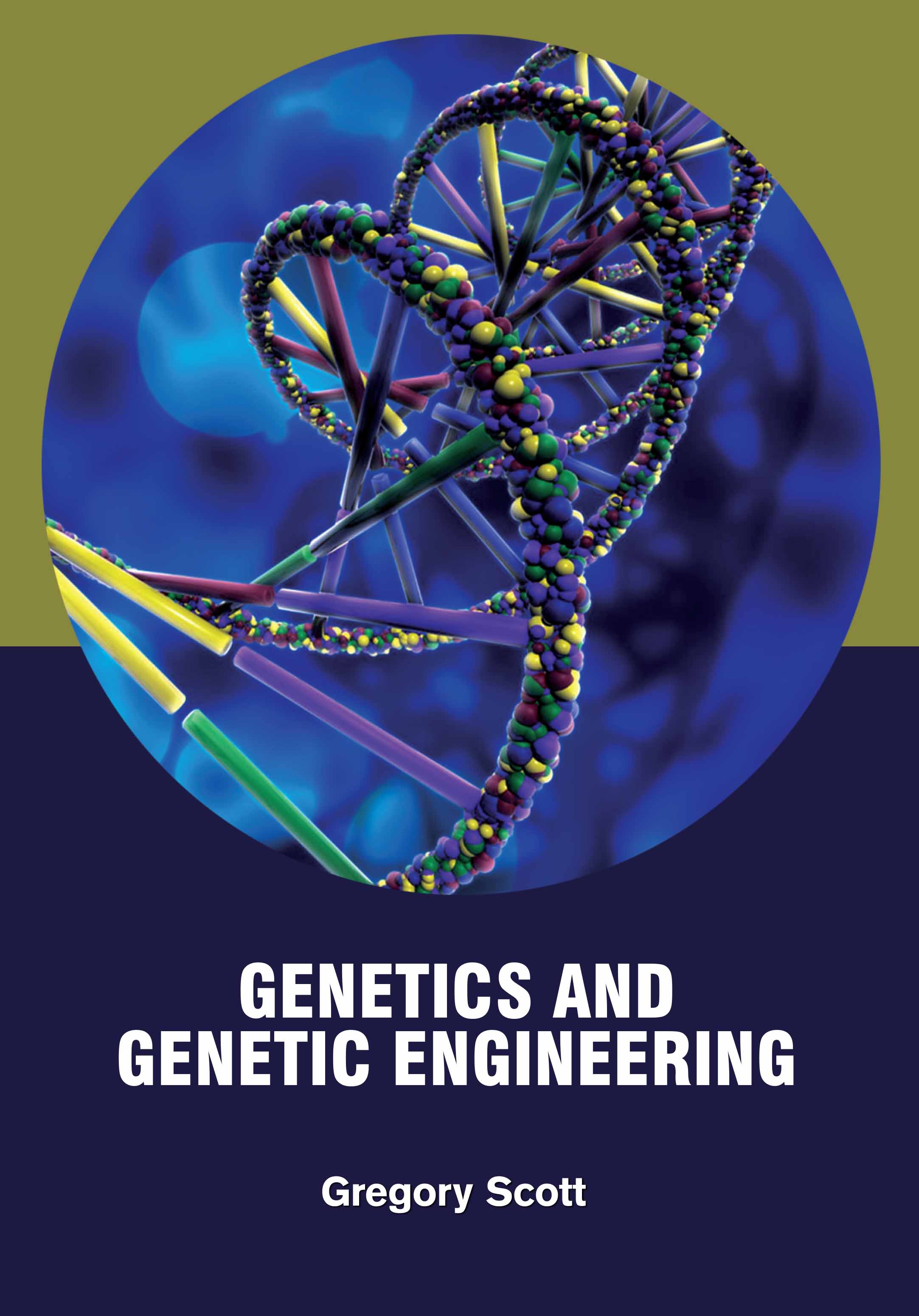About This Book
Food biotechnology is the application of science and technology to improve the production, processing,
and quality of food. It involves the use of living organisms, such as bacteria, yeast, and plants, or their
systems, to develop new food products or enhance existing ones. One of the main goals of food
biotechnology is to increase food security by improving crop yields, enhancing nutritional content, and
developing resistance to pests and diseases. Genetically modified organisms (GMOs) are a key part of
food biotechnology. Through genetic engineering, scientists can transfer beneficial traits from one
organism to another. For example, crops like golden rice are engineered to contain higher levels of
vitamin A, helping to reduce nutrient deficiencies in developing countries. In the food industry,
biotechnology is also used to produce enzymes, flavors, and preservatives that enhance shelf life and
food safety. Fermentation is another important area, where microorganisms are used to produce dairy
products like yogurt and cheese, or beverages like beer and wine. Biotechnology also plays a role in
detecting foodborne pathogens, ensuring safer food processing and handling. Overall, food
biotechnology contributes to sustainable agriculture, better nutrition, and food safety, making it a vital
field in addressing global food challenges. Food Biotechnology explores the use of modern biological
techniques to improve the quality, safety, and sustainability of food production.
Contents: 1. Introduction, 2. Biotech-Enhanced Food Production and Safety Systems, 3. Microbial-Based
Food Innovations, 4. Biotech-Enhanced Foods for Global Food Security, 5. Genetically Engineered Foods
and Sustainable Food Systems, 6. Agro-Industrial Enzyme Technology, 7. Agricultural and Food
Biosystems Innovation, 8. Nutritional Biotechnology and Functional Foods.

